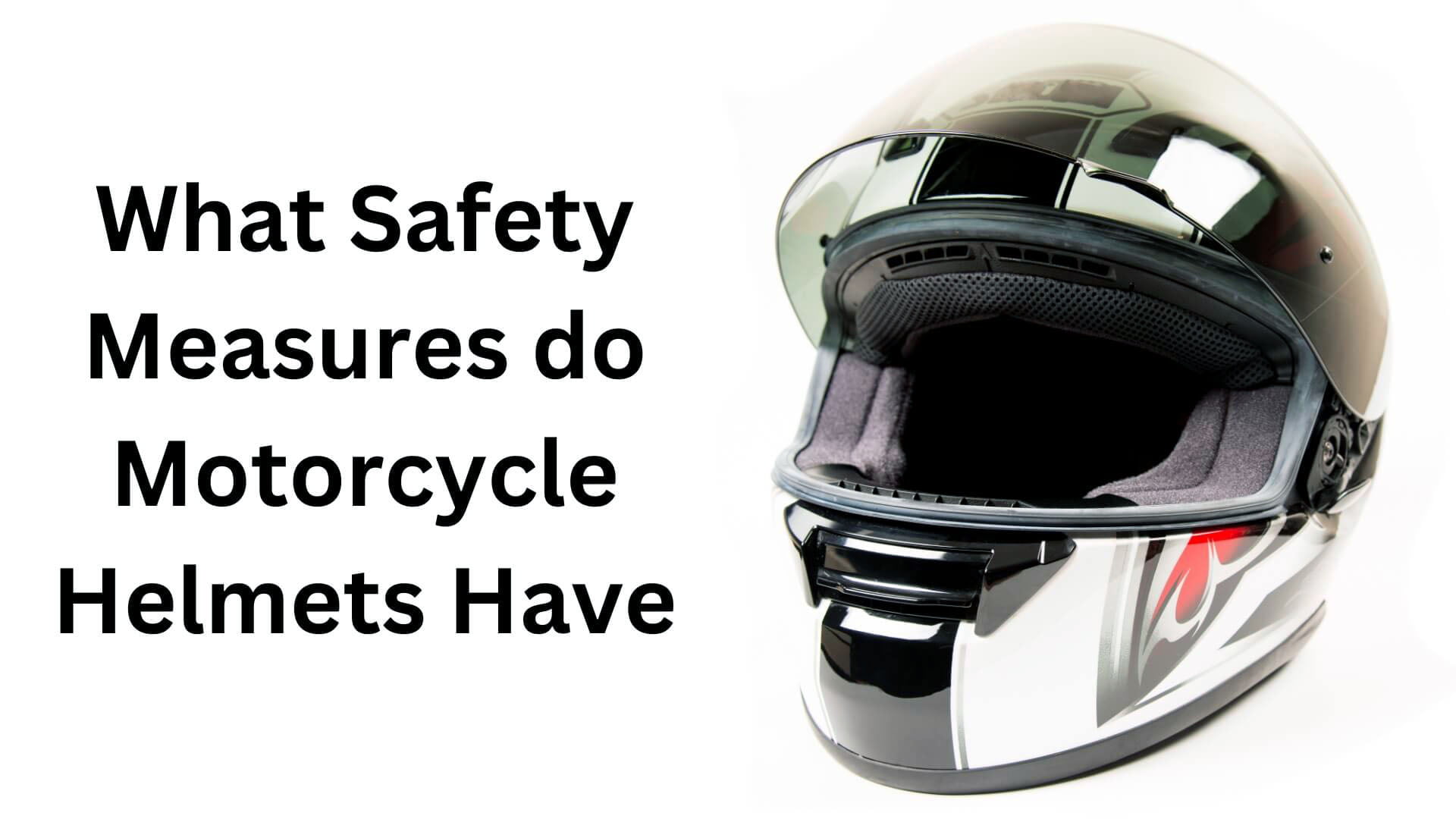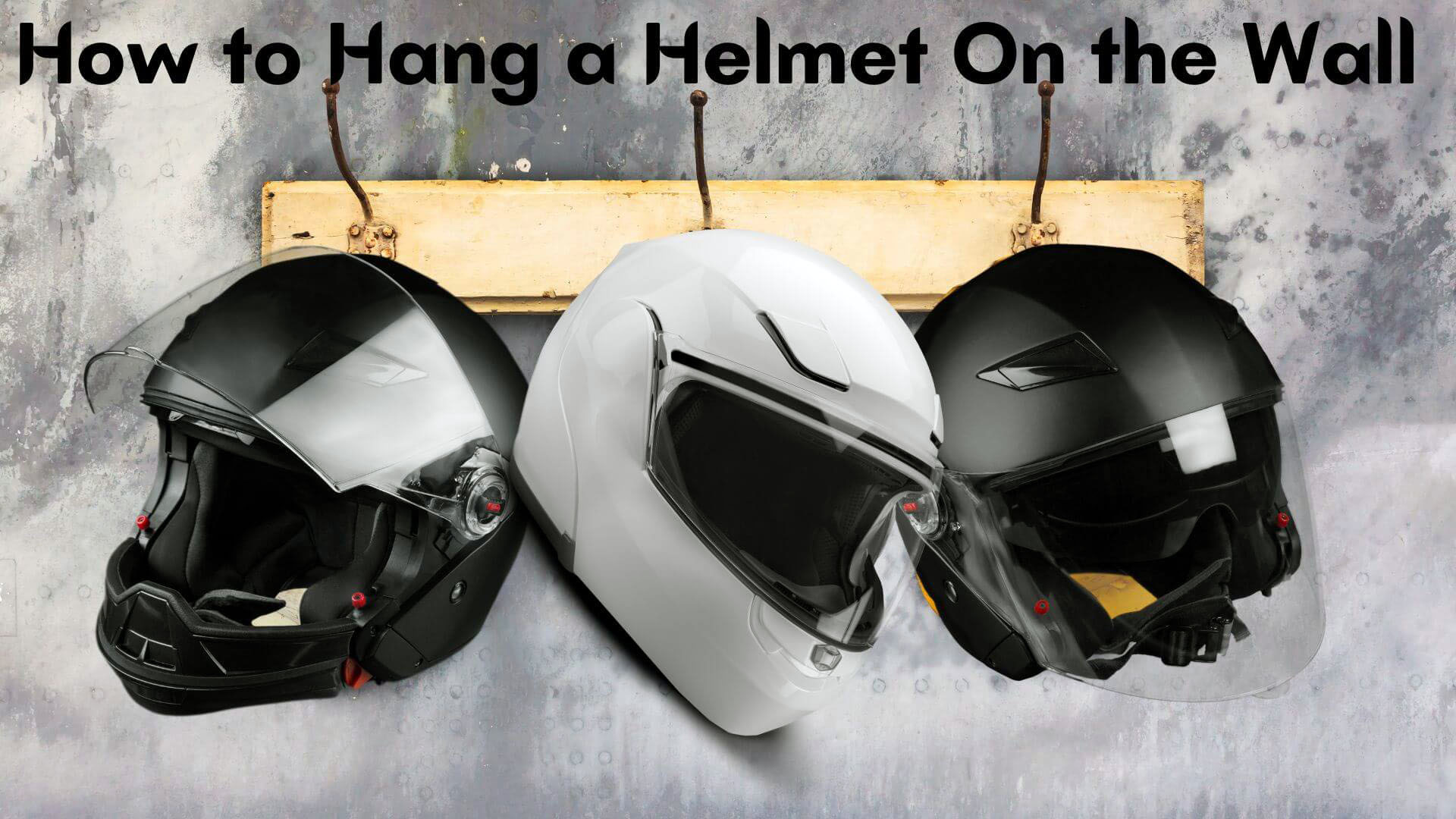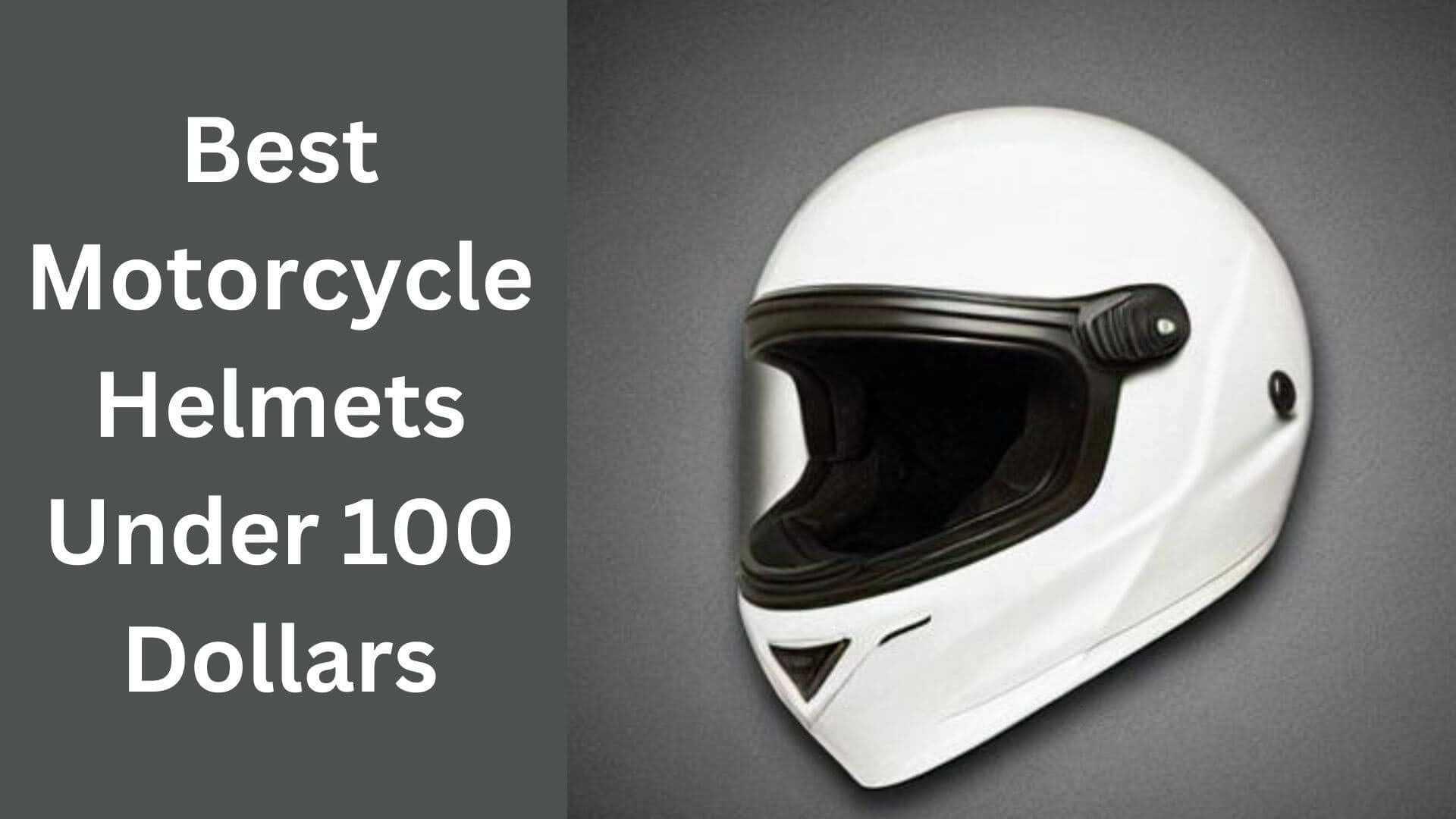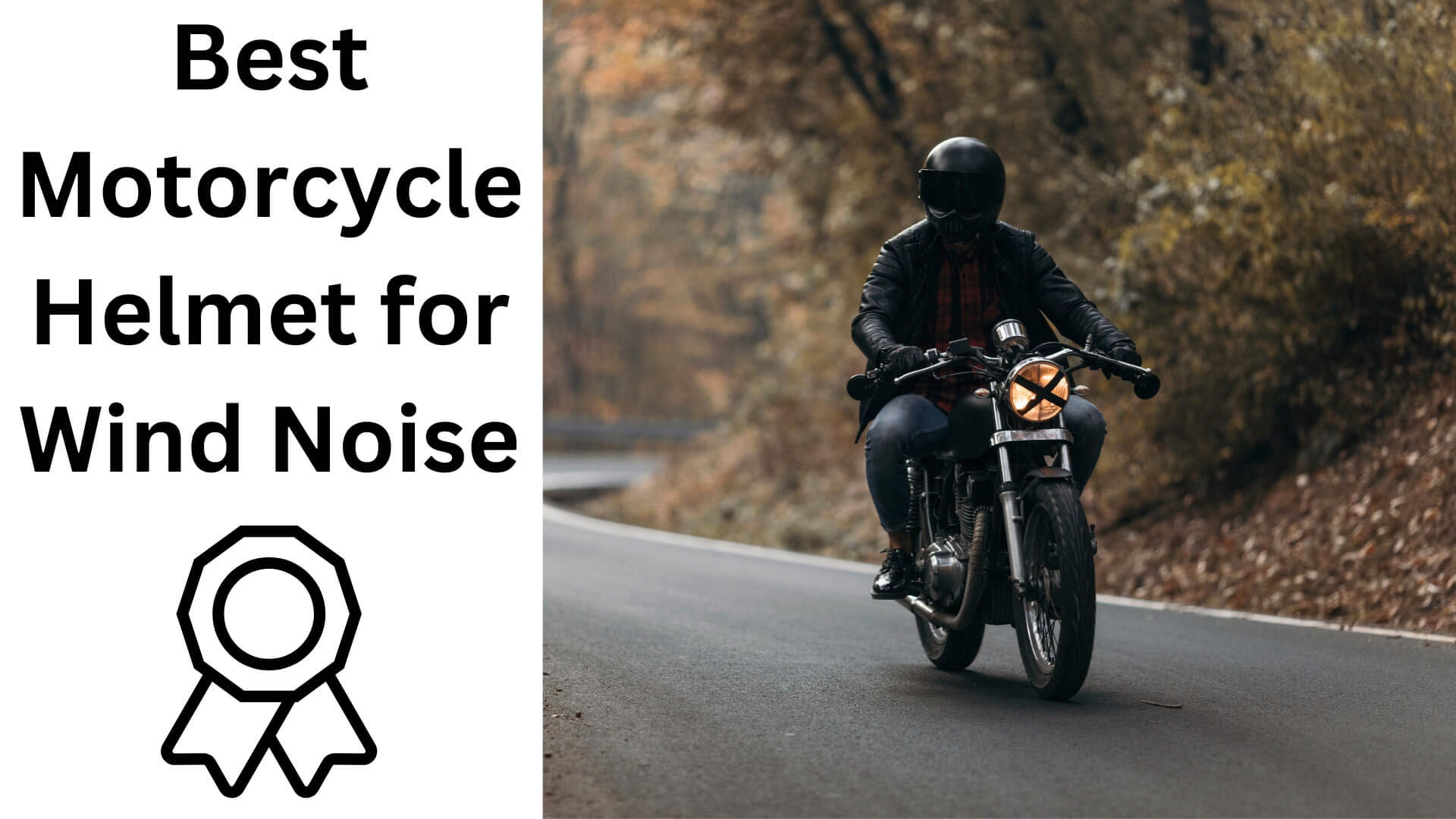Can You Use a Mountain Bike Helmet for Road Biking?

Do you want to know if using a mountain bike helmet for road biking is safe? The answer is yes! A mountain bike helmet is an excellent choice for road biking.
It offers the same protection as a traditional road bike helmet and is designed to keep you safe while cycling.
The design of a mountain bike helmet is typically more aerodynamic than a conventional road bike helmet, allowing you to ride faster with greater efficiency.
The helmet also offers more ventilation to keep your head cool, and many models come with removable visors for added protection against the sun.
Mountain bike helmets are excellent for road bikers looking for a safe and comfortable ride.
In this article, I’ll take a closer look at whether or not a mountain bike helmet is suitable for road biking and explore some of the key differences between these two types of helmets.
Check Also: Mountain Biking on a Budget: Unbeatable Value with the Best Sub-$100 Mountain Bike Helmet!
What are the Differences Between Mountain Bike Helmets and Road Bike Helmets?

Mountain biking and road biking are two different disciplines of cycling that require different types of helmets to ensure optimal safety and performance.
Although both types of helmets share some similarities, there are also significant differences between mountain and road bike helmets.
Here are some of the critical differences between mountain bike helmets and road bike helmets:
In summary, mountain bike helmets prioritize safety and comfort on rough and technical terrain, while road bike helmets prioritize aerodynamics and speed on smooth roads. Choosing the fitting helmet for your riding style and needs is crucial to ensuring your cycling safety.
Read More: Can You Use a Dirt Bike Helmet for Mountain Biking?
Are there any Benefits to Using a Mountain Bike Helmet for Road Biking?
While there are some potential risks to using a mountain bike helmet for road biking, there may also be some benefits to consider:
1. Increased protection: Mountain bike helmets often provide more coverage around the back and sides of the head, which can offer additional protection in the event of a crash.
2. Durability: Mountain bike helmets are designed to withstand more frequent impacts from rocks, branches, and other obstacles on the trail, which may make them more durable in the long run.
3. Versatility: If you enjoy mountain biking and road biking, using a mountain bike helmet for both activities can be more convenient and cost-effective than owning different helmets.
4. Style: Mountain bike helmets often come in more unique and colorful designs than road bike helmets, which may appeal to some riders.
However, it’s important to note that these benefits may not outweigh the potential risks of using a helmet not specifically designed for road biking. Choosing the right helmet for your activity can help ensure maximum safety and comfort.
Read More: A Step-by-Step Guide to Mounting a GoPro on Your Mountain Bike Helmet
What Should You Consider When Choosing a Helmet for Road Biking?
When choosing a helmet for road biking, there are several factors to consider:
- Safety standards: Look for a helmet that meets certified safety standards for biking, such as CPSC or EN1078.
- Fit: A good fit is essential for any helmet but especially important for road biking, where you may be in a more aggressive position. Find a helmet that fits snugly but isn’t too tight.
- Ventilation: Since road biking is typically done at higher speeds, you’ll want a helmet with good ventilation to keep you cool.
- Weight: A lighter helmet will be more comfortable for longer rides.
- Aerodynamics: A more aerodynamic helmet can help you reduce wind resistance and improve your speed.
- Visor: While a visor may be helpful for mountain biking, it’s usually unnecessary for road biking. Consider a helmet without a visor to reduce weight and improve visibility.
- Style: While not necessarily a functional feature, choosing a helmet that looks good to you can help motivate you to wear it and stay safe on the road.
- Brand reputation: Look for a reputable brand with a history of producing high-quality helmets.
- Price: Helmets can cost anywhere from very little to much money. Consider your budget, but remember that a good helmet is an investment in your safety.
Choosing a helmet that fits well, meets safety standards, and is designed specifically for road biking is crucial.
Read More: Considerations for Replacing a Mountain Bike Helmet After a Crash
How Can You Ensure that Your Helmet Fits Correctly for Road Biking?

Ensuring your helmet fits correctly is essential for maximum road biking safety and comfort. Here are some steps to follow to ensure a proper fit:
1. Measure your head: Use a soft tape measure to measure the circumference of your head just above your eyebrows and ears. This measurement will help you choose the correct size helmet.
2. Try on different sizes: Try on helmets in different sizes to find the best fit. Helmets should fit snugly but not be too tight or uncomfortable.
3. Adjust the straps: Adjust the straps to form a V-shape under your ears and buckle comfortably under your chin. The straps should fit well without being too tight.
4. Adjust the fit system: Many helmets have a fit system that allows you to adjust the fit by tightening or loosening a dial or strap at the back of the helmet. Adjust the fit system until the helmet feels snug and secure on your head.
5. Check for gaps: Once the helmet is on, check for gaps between the helmet and your head. The helmet should fit evenly all around your head without any gaps.
6. Shake your head: Shake your head from side to side and up and down to check for any movement or slippage of the helmet. If the helmet moves too much, adjust the fit system or straps until it feels secure.
Remember to replace your helmet if it becomes damaged or after any impact, even if there are no visible signs of damage. A properly fitting helmet is essential for your safety when road biking.
Read More: Discover When and Why You Should Replace a Dented Mountain Bike Helmet
What are Some of the Best Road Bike Helmets on the Market?

Many great road bike helmets are on the market, and the best one for you will depend on your needs, preferences, and budget. Here are some of the top road bike helmets:
- Giro Aether MIPS: This premium helmet offers excellent ventilation, comfort, and safety thanks to its innovative design and MIPS technology.
- Specialized S-Works Prevail II: This lightweight and aerodynamic helmet features a unique 4th Dimension Cooling System and a patented aramid-reinforced skeleton for added protection.
- Bell Z20 MIPS: This high-performance helmet features a sleek design, excellent ventilation, and MIPS technology for added safety.
- Kask Protone: This Italian-made helmet offers superior aerodynamics, ventilation, and comfort and is a favorite among professional cyclists.
- Bontrager Ballista MIPS: This lightweight and aerodynamic helmet features a unique Wind Tunnel ventilation system and MIPS technology for added safety.
- POC Ventral Air Spin: This innovative helmet features a unique vent design and Spin technology for added safety and is a favorite among triathletes.
- Lazer Z1 MIPS: This high-performance helmet features a comfortable and adjustable fit system, excellent ventilation, and MIPS technology for added safety.
Remember that the best helmet for you fits well meets safety standards, and is designed for road biking.
Check Also: 9 Best Road Bike Helmet Under $100
Are there any Drawbacks to Using a Mountain Bike Helmet for Road Biking?
Yes, there are some potential drawbacks to using a mountain bike helmet for road biking. These include:
1. Reduced ventilation: Mountain bike helmets are often designed with more coverage and less ventilation to protect against impacts from different angles. However, this can reduce ventilation, making road biking uncomfortable or even dangerous in hot weather.
2. Reduced aerodynamics: A mountain bike helmet may not be as aerodynamically designed as a road bike helmet, which can increase wind resistance and slow you down.
3. Increased weight: Mountain bike helmets are often heavier than road bike helmets, which can be uncomfortable and lead to neck strain during longer rides.
4. Reduced visibility: Some mountain bike helmets have a visor that can obstruct your view when road biking, which can be dangerous on busy roads.
5. Reduced safety: While mountain bike helmets are designed to protect against different types of impacts, they may not provide adequate protection for high-speed impacts that are common in road biking.
Overall, it is recommended to use a helmet specifically designed for road biking to ensure maximum safety and comfort.
Read More: Protecting Little Riders: The 7 Best Mountain Bike Helmets for Kids
What Other Safety Considerations Should Be Taken When Using a Mountain Bike Helmet for Road Biking?
Suppose you choose to use a mountain bike helmet for road biking. In that case, there are several other safety considerations to keep in mind:
- Visibility: Since mountain bike helmets may not be designed with as much consideration for visibility, it’s important to wear bright or reflective clothing to ensure you are visible to drivers and other cyclists on the road.
- Speed: Road biking is typically done at higher speeds than mountain biking, so it’s essential to keep this in mind and adjust your riding accordingly.
- Road conditions: Road biking often involves cycling on smooth, paved surfaces, which may be different from the rougher terrain encountered when mountain biking. Be aware of road conditions and adjust your riding accordingly.
- Riding position: Road biking often involves more aggressive riding, which may strain your neck and shoulders more. Make sure your helmet is adjusted correctly to ensure maximum comfort and safety.
- Riding style: Road biking often involves more group riding, drafting, and proximity to other cyclists, so it’s essential to be aware of your surroundings and ride defensively.
Overall, it’s recommended to use a helmet specifically designed for road biking to ensure maximum safety and comfort. However, if you choose to use a mountain bike helmet for road biking, be aware of these safety considerations and adjust your riding accordingly.
FAQS About Can You Use a Mountain Bike Helmet for Road Biking?
Are mountain bike helmets more expensive than road bike helmets?
The cost of a helmet depends on the brand, materials used, and features. Generally, high-end mountain bike helmets are more expensive than road bike helmets.
Can you use a visor on a road bike helmet?
Road bike helmets typically don’t have a visor as they prioritize aerodynamics and weight reduction. However, some road bike helmets have removable visors that can be used for sunny or rainy days.
Can a helmet be too tight?
Yes, a helmet that’s too tight could be another safety consideration. Adjusting the helmet straps so they’re snug but not too tight is essential.
How often should I replace my helmet?
Replacing your helmet every 3-5 years or after any significant impact is recommended. Even if your helmet hasn’t been involved in a crash, it can degrade over time due to exposure to sunlight, sweat, and other factors.
Last Opinion
In conclusion, while using a mountain bike helmet for road biking is possible, it’s not recommended. Mountain bike helmets are designed for off-road use and can be uncomfortable and obstructive for road biking.
It’s essential to use the fitting helmet for the type of cycling you’re doing to ensure optimal protection and comfort.
When choosing a helmet, consider factors such as fit, weight, ventilation, and other features. By following these tips, you can ensure that you’re using the fitting helmet for your cycling needs.

Hey, I’m Hrithik Hossain. I am the head of helmethacks.com, which specializes in safety helmets. I am looking to connect with anyone interested in purchasing a helmet or who has any questions about different types of helmets. I have over 8 years of experience as a helmet expert, and I can’t wait to help you find the perfect helmet for you. I can help you with any questions regarding helmets, from the best brands to fitting, style, and more! I really enjoy keeping people safe by ensuring they have the best protection possible.







